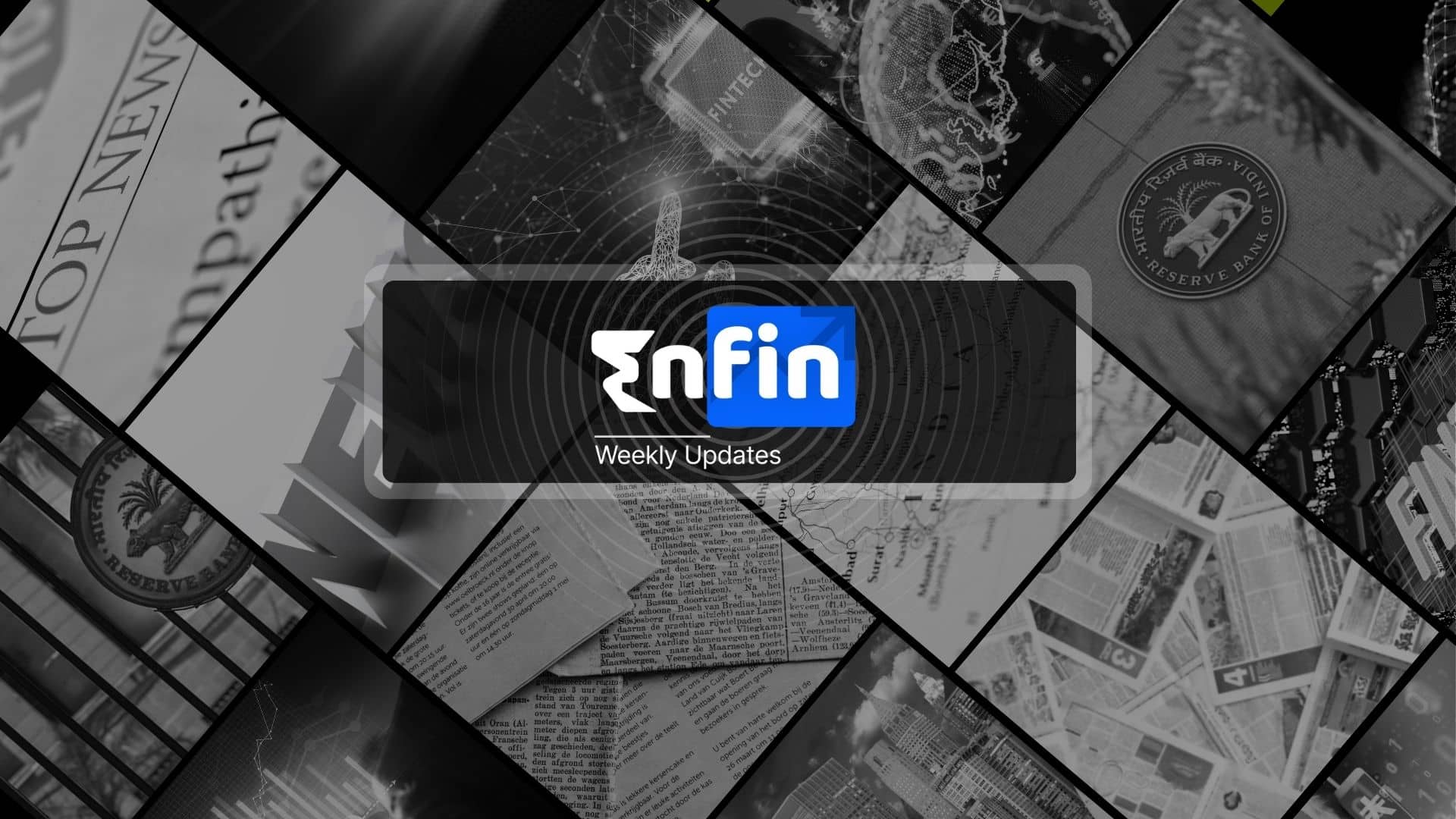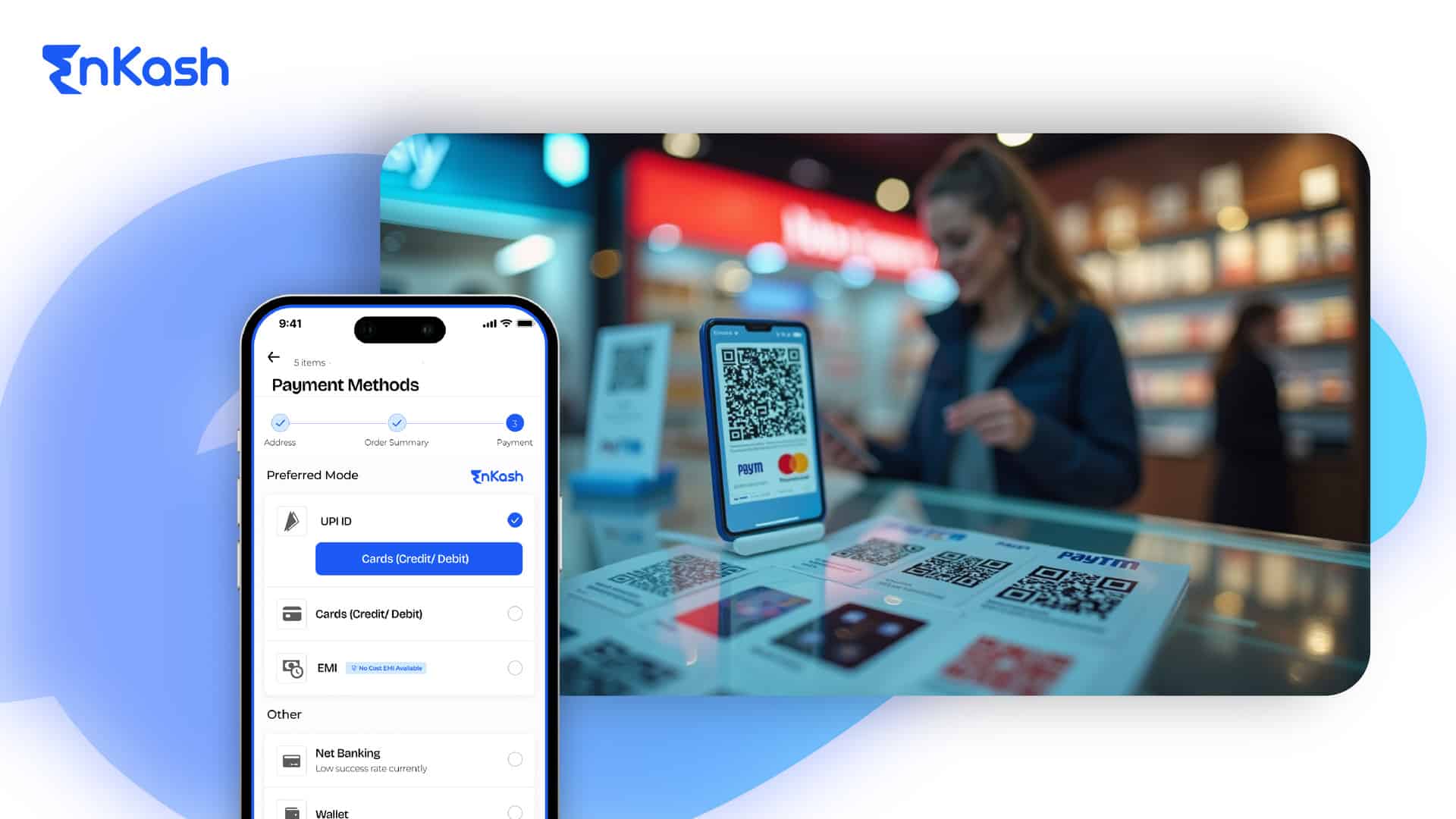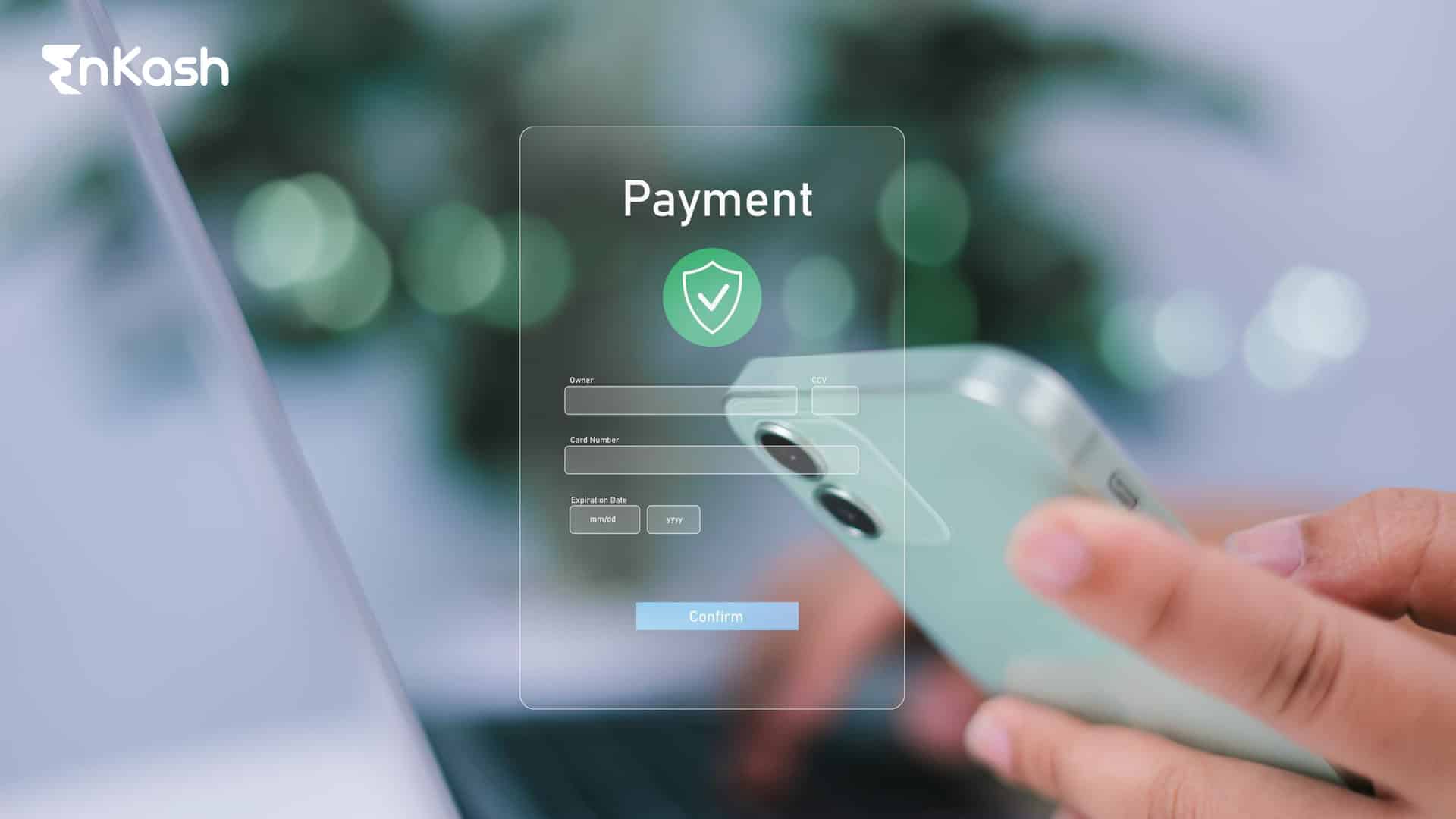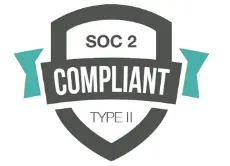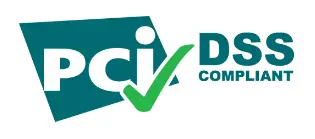In today’s digital world, online transactions have become a significant aspect of business. A seamless payment gateway integration comes with assurance in terms of safety for the customers and ensures smooth financial transactions that will boost customers’ trust and satisfaction levels. Whether the person is an e-commerce portal, a subscription-based platform, or a service website, a reliable payment gateway integration should be in the project scope. This blog aims to provide a step-by-step on integrating a payment gateway with the website, important issues concerning implementation, and how platforms, for example, EnKash, make this somewhat easier.
What is a Payment Gateway?
A payment gateway is a technology that allows merchants to accept secure online payments from customers. It smoothens the cancellation password among the customer, merchant (the business), and financial institutions (banks or payment processors).
The common things provided include the smooth transition of the encrypted-channel communications that guarantee secure transactions in which SMART Communication through the payment process is available through:
- Credit and Debit Cards (Visa, MasterCard, American Express, RuPay, Discover, etc.)
- Net Banking (Online direct transfers from bank accounts)
- UPI (Unified Payments Interface) for fast peer-to-peer transfers
- E-Wallets (Google Pay, Apple Pay, PayTM, PayPal, etc.)
- Bank Transfer and BNPL (Buy Now, Pay Later) options
Payment gateways are essential in a modern business context since the digital-first economy empowers business plans for easier transactions. This results in an excellent experience for the customer and greater revenues.
How Does A Payment Gateway Work?
A payment gateway functions as a secure Internet channel for transferring online payments. The whole process of a transaction during a single session takes a few seconds in the following manner:
1. Customer Initiates Payment
Customers select the desired product or service and check out. The payment gateway gives the customers the option to choose a mode of payment (credit/debit card, UPI, net banking, etc.). The customer submits payment information and confirms the transaction.
2. Encryption of Payment Details
In order to ensure the safety of the customer, the payment gateway encrypts the customer’s payment details. SSL (Secure Socket Layer) encryption and tokenization are used to safeguard sensitive financial information from the hands of cybercriminals.
3. Authorization Request
The payment gateway forwards the transaction request to the issuing bank (customer’s bank) for approval. The bank will verify customer details, provide authorization if funds are available or within the credit limit, and activate fraud detection where necessary.
4. Approval or Decline by the Bank
In case the bank approves the transaction, a message is passed through to the payment gateway. After the bank declines the request—it could be for various reasons: insufficient funds, incorrect details, security concerns, etc. on the customer’s side—the payment fails.
5. Transaction Completion
Once approved, the payment will be processed, and funds will be settled in the merchant’s account. The customer will receive the confirmation for payment through an SMS, email, or push notification using the app. The merchant will also receive confirmation so that fulfillment can commence. In all, this presents a win-win situation for the customer and the business, guaranteeing protection and risk-free transactions.
Key Considerations Before Integrating a Payment Gateway
There are many things the business must consider before installing the payment gateway to ensure smooth operations and security compliance.
1. Security and Compliance
Security is a prime factor in payment processing. Companies must confirm that the payment gateway is PCI DSS (Payment Card Industry Data Security Standard) compliant to protect sensitive financial information, have SSL encryption to secure the connection from the customer’s browser to the payment server, and have fraud detection mechanisms like multi-factor authentication (MFA), tokenization, and AI-powered risk assessment. 3D Secure provides OTP verification as an added security feature for sending money.
2. Selecting the Right Payment Gateway
Different payment gateways offer different sets of features, pricing models, and forms of support. Merchants should consider:
- Payment methods supported: Double-check to ensure that credit/debit cards, UPI, net banking, and digital wallets are supported.
- Transaction speed: Customers would appreciate a fast promotional transaction, which would lead to less drop-off.
- Currency and international payment: Wherever the point of sale is, make sure that payments are possible in multiple currencies and that international transactions are supported on the payment gateway.
- Integration: Look for those payment gateways that have all the documentation required to integrate, such as API docs, SDKs, and plugins.
3. Understand Transaction Charges:
Payment gateways charge processing fees for each transaction. These fees change depending on the provider, type of transaction, and currency. Merchants should examine:
- Flat-rate fees: A fixed percentage per transaction (say, 2.5% per payment).
- Tiered pricing models: Different rates for debit cards, credit cards, and international payments.
- Interchange-plus pricing: A base interchange fee is set by the card networks, plus an additional processing fee.
- Other charges: Some options may include setup fees, monthly fees, chargeback fees, or withdrawal fees.
Understanding these cost structures will help a business choose a cost-effective payment gateway that suits its budget and transaction volume.
Steps to Integrate a Payment Gateway into Your Website
A good payment gateway integration calls for a strategic approach that fosters seamless transactions and amplifies customer experience, hence the following stepwise procedure:
For more information, read How to Set Up the Payment Gateway Integration?
Step 1: Select a Payment Gateway Provider
Carry out research and select the payment gateway based on your business needs. Some of the most common payment gateways are:
- PayPal: Best for international transactions.
- Stripe: Developer-friendly API with strong security.
- Razorpay: Great for Indian companies; UPI-enabled.
- EnKash: Provides automated B2B payment solutions.
- PayU: This supports several payment methods widely used in the e-commerce space.
Step 2: Setting Up a Merchant Account
You will need a merchant account to receive and process payments. Some payment gateways come with an inbuilt merchant account, while others require a different account to be set up.
Step 3: Obtain API Credentials
Most payment gateways provide the necessary API keys, tokens, or authentication credentials relevant for integrations.
Such API credentials usually refer to:
- API Key: Authenticates the transaction.
- Secret Key: Helps secure transactions.
- Webhook URL: Sends out payment updates in real time.
Step 4: Integrate the Payment Gateway
For Websites in CMS Platforms (WordPress, Shopify, etc., WooCommerce, Magento)
- Install the payment gateway plugin from the CMS marketplace.
- Configure API credentials and payment settings.
- Customize the entire checkout experience for users.
For Custom Websites (Building from PHP, Java, Python, Node.js)
- Integrate payment gateway API documentation into backend functionality.
- Use SDK for mobile transaction support.
- Perform secure encryption with adequate error handling and fraud prevention.
Step 5: Test the Integration
Use the sandbox mode that processes payments without any real transfer of money.
Test various scenarios:
- Successful payments
- Failing with incorrect details, insufficient funds, etc.
- Refund and chargeback processing.
Step 6: Go Live and Monitor Transactions
Release the payment gateway for live use on the website.
- Keep records and watch over:
- Transaction success rates.
- Failed payments and chargebacks.
- User experience and checkout optimization.
Also read: How Secure Payment Gateways Protect Your Online Transactions
Payment Gateway Integration in Different Platforms
Payment gateways provide seamless payment transaction capabilities to businesses across varying fields. Depending on the platform, the payment gateway integration processes differ and may go from being one-click to essentially needing custom development using APIs. Here is a detailed view of implementing payment gateways across different platforms.
E-Commerce Platforms
For businesses running their online stores on e-commerce platforms, payment gateway integration has become, more often than not, a simple job using pre-built plugins and extensions. These platforms offer ready-made solutions, requiring minimal input from merchants, who can start accepting payments quickly.
Famous E-Commerce Platforms for Payment Gateway Integration
Shopify
Shopify supports various payment gateways such as Shopify Payments, PayPal, Stripe, Razorpay, and EnKash. Merchants can enable a payment gateway plugin directly from the Shopify dashboard. It allows businesses to configure their preferred currency, payment methods, and checkout options.
WooCommerce (WordPress)
WooCommerce is an open-source e-commerce plugin for WordPress that supports a wide range of payment gateways. Merchants can integrate gateways like PayPal, Stripe, PayU, Razorpay, and EnKash through WooCommerce payment plugins. Configuration involves installing the plugin, entering API credentials, and customizing the checkout experience.
Magento
Magento can accommodate multiple payment integrations for PayPal, Stripe, EnKash, and Authorize.net. Payment modules can be installed through the Magento Marketplace. Businesses may choose from hosted or self-hosted payment processing according to their security and customization needs.
BigCommerce
BigCommerce seamlessly integrates with most payment gateways. Businesses can select and configure a payment provider from within the BigCommerce class as it supports multi-currency payments and international transactions.
Key Benefits of Using Payment Gateways on E-commerce Platforms
- Quick Integration: Pre-built plugins allow for a hassle-free payment setup.
- Secure Transactions: Compliance with PCI DSS ensures safe transactions.
- Diverse Payment Methods: Supports credit/debit cards, net banking, UPI, wallets, and BNPL (Buy Now, Pay Later).
- Mobile Optimization: Enhances customer checkout experience on smartphones and tablets.
Custom Website Integration
Businessmen with custom-built websites (built in PHP, Python, Java, or Node.js) need to integrate payment gateways by using APIs or Application Programming Interfaces. This, however, affords more flexibility and customization.
Also read: What is UPI Payment Gateway Integration? A Complete Guide
How to Integrate a Payment Gateway into a Custom Website?
The API documentation is available
Payment gateways have developer APIs for integration: EnKash, PayU, Stripe, and Razorpay. API documentation includes details on authentication, payment request formats, response handling, and error management.
Generate your API keys
A developer will open an account with a payment gateway provider to get a public key, used to perform transactions, and a secret key, which is used to verify a payment and keep the security.
Implement the Payment Gateway API
API integration means writing backend codes that process payments. Most developers would use languages such as PHP, Python, Java, or Node.js to ensure that transactions are processed safely. SDKs (Software Development Kits) are also very handy to have for easy integration of mobile payment.
Test Payment System in Sandbox Mode
- A sandbox would allow businesses to test simulated cash transactions.
- The test scenarios include successful payments, failed payments, refunds, and chargebacks.
Go Live & Monitor Transactions
After intensive testing, the payment gateway is now live on the website. Monitoring businesses will have to keep track of failed transactions and speed up checkout.
Advantages of Integrating a Custom Website
- Flexibility: The flow of payments can be entirely customized.
- Scalability: Allows the number of transactions to grow bigger.
- Improved Security: Advanced security measures like encryption and two-factor authentication (2FA) can be implemented by developers.
EnKash Payment Gateway Integration Simplified
1. Overview of EnKash
B2B Payments reader, EnKash, has truly transformed into a one-solution answer for businesses—be they big or small—to manage their payments. EnKash brought an end to the long-inspired hassle through a strong and efficient payment mechanism that supports multiple payment channels.
Why Choose EnKash?
- Best suited for businesses, enterprises, or new startups looking for cost-effective and secure payment gateways.
- Checkout options are customizable to suit business needs.
- Offers real-time tracking and reconciliation for critical transactions.
2. EnKash Features and Advantages
Accepts Multiple Payment Modes
Supports transactions through Visa, Mastercard, RuPay, Amex, Diners Club, UPI, and bank transfers.
Pre-built Checkout
Businesses can either choose a pre-built checkout to get it set up quickly or create a fully customized payment flow.
Real-time Payment Reconciliation
Track transaction details, find out more in-depth analytics, and produce reports.
High Security & PCI DSS Compliance
Use SSL encryption, fraud detection algorithms, and tokenization that can then be used for secure transactions.
3. Integration Steps for EnKash Payment Gateway
Step 1: Register on EnKash. All the businesses must visit the EnKash portal and create their unique merchant account.
Step 2: Retrieve API Keys. Get the authentication credentials (API key and secret key) from the EnKash Developer Portal.
Step 3: API Integration. Developers can use the API documentation of EnKash to merge the payment gateway into their website or application. SDKs are also available for mobile applications.
Step 4: Test Payment Transactions. It would be best to test the payment processes in the sandbox mode before going live.
Step 5: Deploy and Start Accepting Payments. Once the solution has been verified successfully, businesses can proceed to deploy the payment gateway on their live site.
Best Practices for Gateway Integration
Ensures a flawless and safe present-day payment experience, which is, indeed, the most important factor in successful businesses. Here are some of the most significant practices to enhance the payment process.
1. Ensure Mobile Compatibility
More than half of online transactions are now done via mobile devices; therefore, businesses must consider payment gateway integration on mobile for a better user experience.
2. Fortification of Security
Implement SSL certificates to encrypt data. Use tokenization for the protection of card details. Enable Two-Factor Authentication (2FA) for additional security.
3. Provide Clear Payment Instructions
Users need to be guided with clear indications throughout the entire checkout process. Show error messages if the payment fails due to wrong information.
4. Monitor and fine-tune transactions
Failures in payments should be tracked to reduce occurrences. Improve page load times, thereby enhancing the user experience. Update security protocols to avoid fraud continuously.
Conclusion
A good integrated payment gateway guarantees the safety and ease of transactions, hence enhancing customer assurance and increasing sales. With EnKash, one can ensure a lucrative business for the organizations going for an option that is easy and flexible but highly secure. Hence, by going through the above procedure, supported by platforms such as EnKash, businesses can easily integrate their websites with payment gateways and offer customers a hassle-free payment experience. For businesses looking for an effective gateway with a solid security net, EnKash might be a good solution! Start integrating today and experience excellence for your business.








